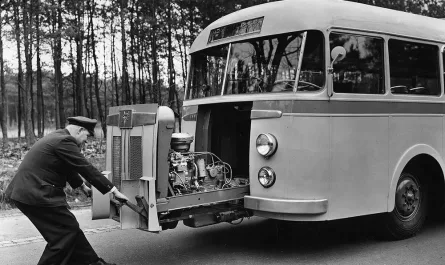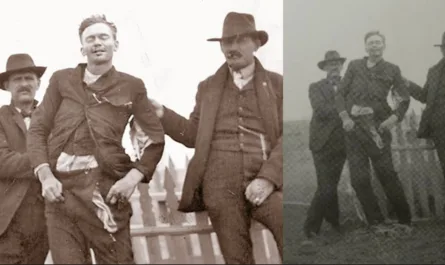In a stunning discovery from 2020, glacial archaeologists uncovered a 1,300-year-old arrow lying on the surface of the melting Langfonne ice patch in Norway’s Jotunheimen Mountains, Innlandet County. Perfectly preserved since the Norwegian Iron Age (circa 700 CE), this nearly complete artifact—with its iron arrowhead, sinew binding, and wooden shaft intact, though missing its fletching—offers a vivid snapshot of ancient life. Found as part of the Glacier Archaeology Program, this arrow is one of over 3,000 artifacts retrieved from Innlandet’s melting ice patches, spanning 6,000 years of history and revealing a treasure trove of hunting tools, clothing, and other relics frozen in time.
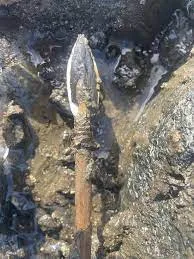
The Arrow’s Remarkable Preservation
The arrow, discovered by the Secrets of the Ice team, was found nestled among rocks at the edge of the Langfonne ice patch, likely carried downslope by meltwater. Measuring about 70–80 cm long, it features a tapered wooden shaft, an iron arrowhead still firmly attached, and remnants of sinew and tar used to secure the components. The fletching, typically made of feathers or bark, was missing, but faint imprints suggest it was once present. The arrow’s preservation is attributed to the ice’s stable, oxygen-poor environment, which prevented decay. However, signs of wear on the sinew and tar indicate it was exposed and refrozen multiple times over centuries, a testament to the dynamic nature of the ice patch.
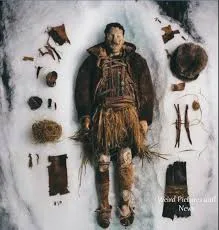
This find, dated to around 700 CE via radiocarbon analysis, predates the Viking Age (793–1066 CE) and likely belonged to a reindeer hunter, as Langfonne was a known hunting ground. The arrow’s intact state, described as “pretty awesome” by the team, is rare among the 200+ arrows recovered in Innlandet over 15 years, most of which are fragmented. Its condition offers a rare chance to study Iron Age craftsmanship, with the arrowhead’s design and sinew binding revealing advanced techniques.

The Glacier Archaeology Program
The Glacier Archaeology Program, based in Innlandet and operating through the Secrets of the Ice initiative, has been surveying melting ice patches since 2006, spurred by global warming’s rapid retreat of mountain ice. Langfonne, now less than 30% of its size from 20 years ago, is the world’s richest ice site for arrows, yielding over 200 finds, the oldest dating to 4000 BCE. The program has recovered over 3,000 artifacts, including hunting tools, textiles, a 1,700-year-old sandal, a Bronze Age shoe, and a 1,300-year-old ski pair, offering insights into 6,000 years of human activity in Norway’s high mountains.
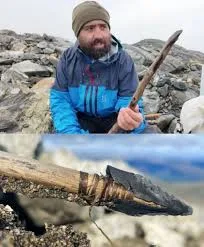
These ice patches, unlike moving glaciers, preserve artifacts in situ, acting as “time machines” for archaeologists. The melting, accelerated by climate change, has revealed sites like Lendbreen, where a Viking-era mitten and horseshoe were found, and Digervarden, home to the best-preserved prehistoric skis. Each find, from clothing fragments to weapons, paints a picture of ancient hunters, traders, and travelers navigating Norway’s rugged terrain.
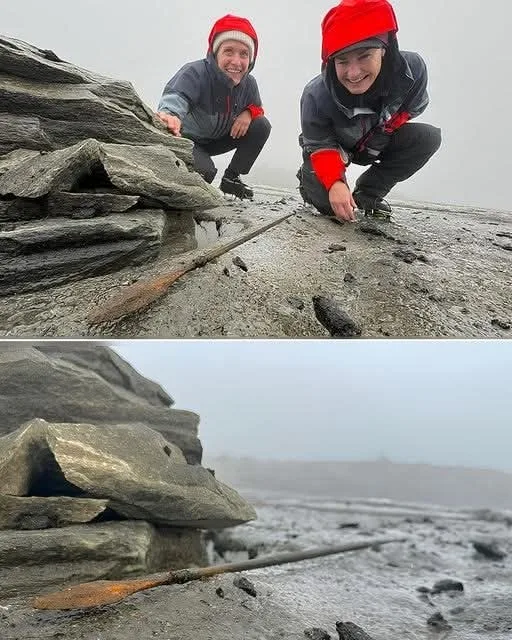
Context and Significance
The 1,300-year-old arrow, likely lost during a failed reindeer hunt, reflects the practical and perilous lives of Iron Age hunters. Reindeer, seeking relief from summer botflies on ice patches, were prime targets, and missed shots often left arrows buried in snow, later frozen in ice. This arrow’s discovery, alongside others from the Late Neolithic to Viking Age, highlights the continuity of hunting practices and the region’s role as a hub for ancient industries.

The find also underscores the bittersweet reality of glacial archaeology: melting ice unveils history but signals environmental loss. As Lars Pilø, co-director of Secrets of the Ice, noted, “Great finds, but the background for the melt is not great.” The program’s race to document and rescue artifacts before they degrade mirrors the urgency of preserving cultural heritage amid climate change.
Lessons for Today
Drawing parallels to the Dahomey Amazons’ ingenuity (as referenced in prior queries), the arrow’s discovery reflects human adaptability in harsh environments. Just as the Amazons used cornrows for covert resistance, ancient hunters crafted precise tools to survive Norway’s mountains, teaching us resilience and resourcefulness. Modern lessons include:

Preserving Heritage: The Glacier Archaeology Program’s work emphasizes the need to protect archaeological sites from climate impacts, inspiring global efforts to safeguard cultural treasures.
Adapting to Change: Like ancient hunters navigating shifting climates, we can innovate to address modern environmental challenges, from sustainable technologies to conservation strategies.
Valuing the Past: Each artifact, like the arrow, connects us to ancestral ingenuity, encouraging education about historical resilience to inspire future solutions.
A Frozen Window to the Past
The 1,300-year-old arrow, lying untouched on Langfonne’s ice, is more than a relic—it’s a bridge to an Iron Age world of hunters and craftsmen. As part of Innlandet’s 3,000+ finds, it reveals a 6,000-year saga of survival, now emerging from melting ice. This perfectly preserved arrow, with its iron tip and sinew traces, invites us to marvel at ancient skill and confront the urgent need to preserve our planet’s history before it vanishes into the thaw.


